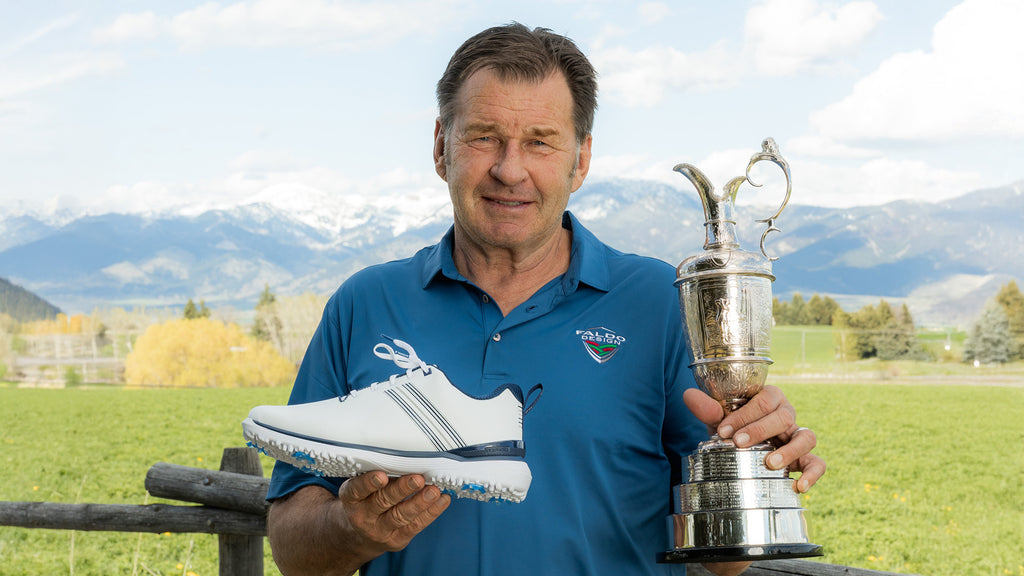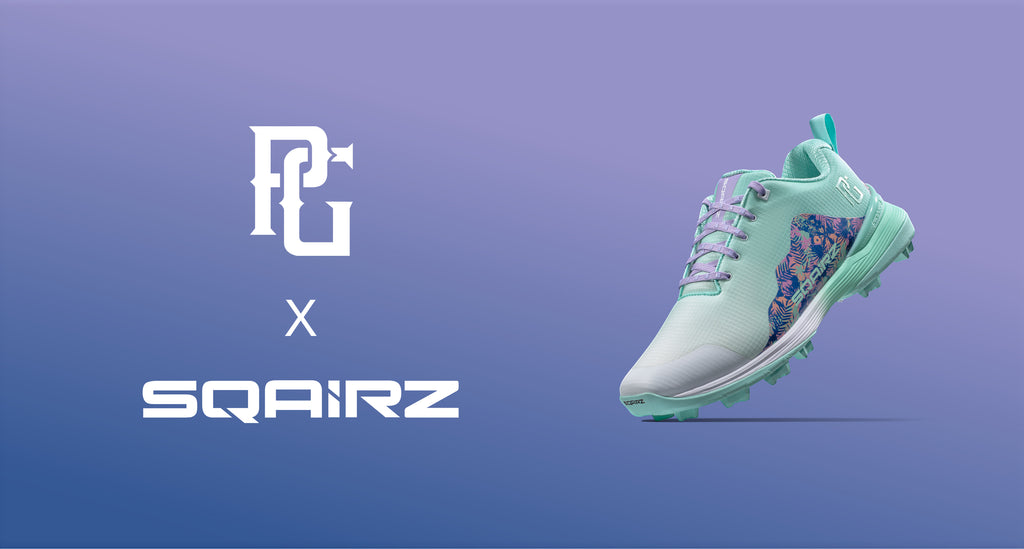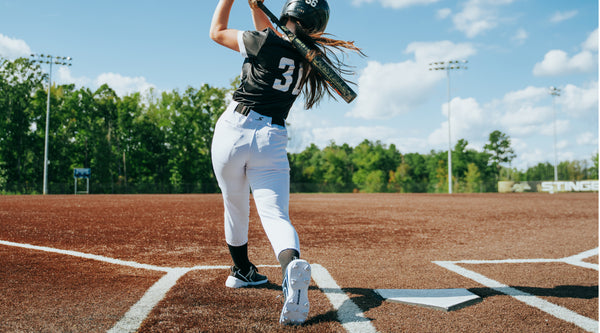When the season wraps and the stadium lights go dark, the work doesn’t stop. The offseason is where players build their edge: hours in the cage, long toss sessions, bullpen work, agility drills, and strength training. But while most athletes focus on their swing mechanics, velocity, or explosiveness, one critical piece of equipment often gets overlooked: the shoes they’re training in.
Turf, Molded, and Metal: Each Has a Purpose

Every player knows there’s a shoe for every surface. Metal cleats dig into grass and clay, giving you maximum traction and acceleration on game day. Molded cleats are the versatile middle ground, durable and reliable across firm dirt, damp grass, or turf fields. Turf shoes, though, are built for the grind: training days, batting cages, indoor facilities, and long sessions when spikes just aren’t practical.
Yet too many players treat turf shoes like an afterthought, tossing on old sneakers or worn trainers instead. That’s where things start to go wrong.
Training in the Same Platform You Play In

Your shoes set the foundation for every move you make. When you train in something completely different from what you compete in, your body learns two sets of mechanics. The way your foot grips, the pressure you feel through your toes, the balance point in your stance…it all changes.
Over time, that inconsistency can lead to poor footwork, inefficient energy transfer, and a higher risk of injury once you’re back on the field.
That’s why training in the same platform you play in is so important. Turf shoes should mirror the feel and geometry of your game cleats: stable underfoot, supportive through the midfoot, and connected to the ground so you can move naturally and with confidence.
The Right Foundation for Offseason Work
In the offseason, baseball players train differently than they play. Explosive sprints. Lateral agility drills. Heavy rotation work in the gym. Endless reps in the cage. Each of those movements relies on how well your feet can plant, push, and recover.
When your footwear collapses under pressure, like it often does with running shoes or soft foam trainers, your ankles and knees pick up the slack. Over time, that stress builds up, leading to common issues like ankle rolls, hip tightness, or lower back pain.
That’s why the right turf shoe is about prevention. It’s your insurance policy for a healthy, productive offseason.
Balance Starts at the Toes

SQAIRZ GFP™ turf shoes were engineered for this exact reason. The roomier toe box allows your toes to fully splay, spreading naturally across the turf for better balance and ground connection. When your toes can engage, your body stabilizes from the ground up, which means more controlled movements, cleaner rotations, and stronger pushes off the turf.
That stability also improves proprioception, which is your body’s ability to sense where it is in space. Whether you’re loading your back leg in a hitting drill or pivoting during a throw, that awareness helps you stay centered and balanced, even under heavy movement.
The Details That Add Up
Small changes in your foundation create big differences in performance. Turf shoes that mimic your game cleats help your muscle memory stay sharp. A balanced platform supports consistent movement patterns. And that roomier toe box helps your feet move naturally, powerfully, and without restriction.
So when you’re gearing up for offseason work, don’t just grab whatever’s in your locker. Train how you play. Build stability now, so that when the lights come back on and the first pitch is thrown, every stride, pivot, and push-off feels like second nature.
Because performance starts from the ground up and the right shoes make sure you never lose your footing.




